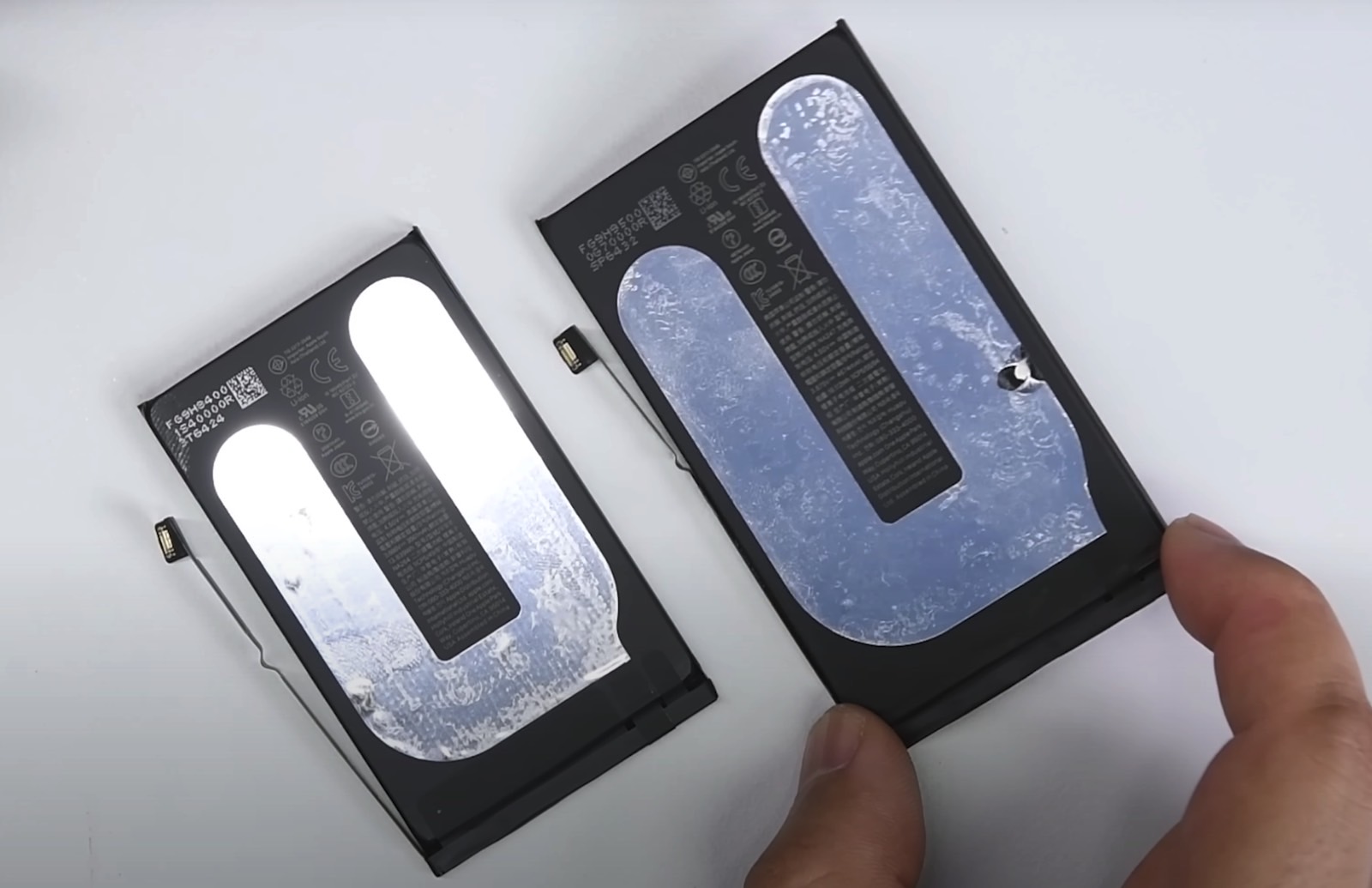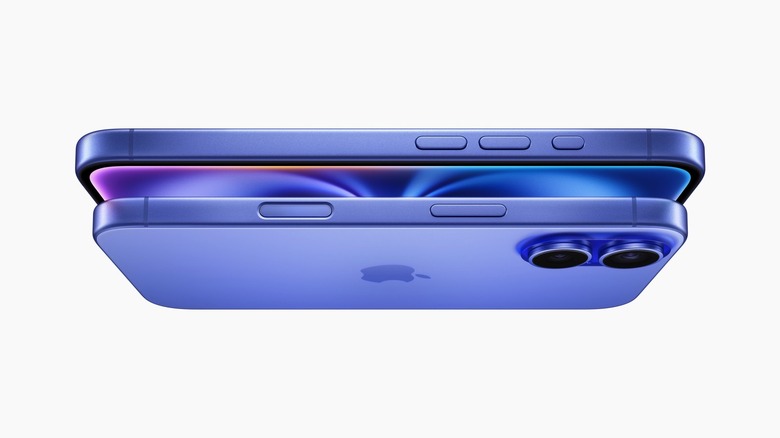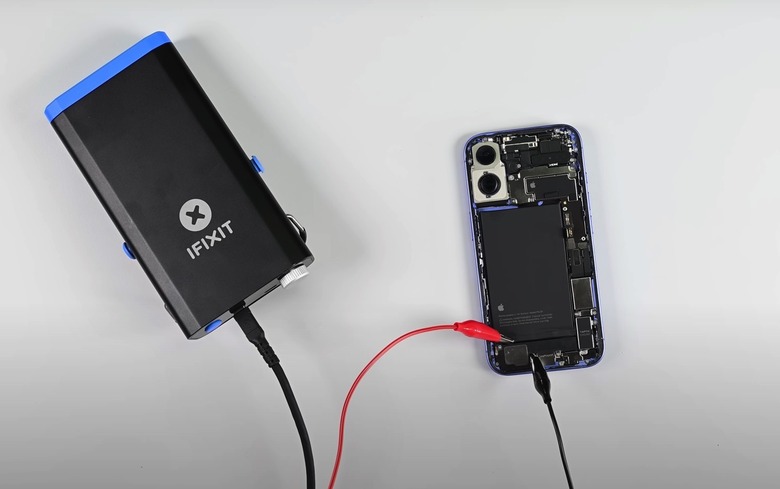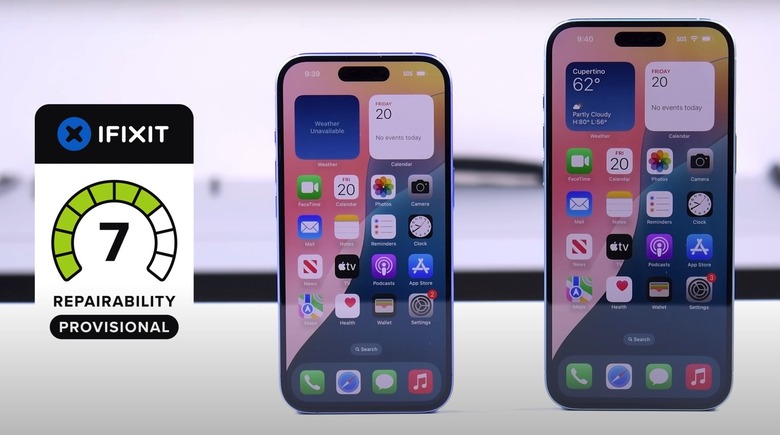iPhone 16's Electric Glue, Plus 4 More Exciting Surprises From iFixit's Teardown
The iPhone 16 is out now, which means we can finally explore what's under the display. Apple has already teased some of the internal design changes for the new iPhone series, like improved thermals that should help dissipate heat from the chip better than previous designs.
Rumors also said Apple will use new technologies inside the iPhone, including a new type of glue that uses electricity to detach. While I'm calling it electric glue, the name of the technological process is called electrical debonding. Furthermore, leaks said Apple will use metal cases for the iPhone 16 batteries.
iFixit performed the expected iPhone 16 and 16 Plus teardown and can now confirm those secrets. We get to see the electric glue in action and discover a few exciting surprises. Chief among them is Apple's decision to make the iPhone 16 phones more repairable than ever.
The electric glue
iFixit's teardown video, available at the end of this post, does a great job showing off the new electric debonding process. All you need is to apply current at 9V, wait up to 90 seconds, and simply lift the battery from the handset. A higher voltage will let you remove the battery even faster.
iFixit explains the procedure in technical terms from a research paper on this electric glue tech:
In the second scenario, anodic delamination is caused by the oxidation of the surface of the aluminum substrate and migration of Al3+ into the adhesive. This will lead to fast debonding since the substrate layer bonded to the adhesive is no longer supported.
But I prefer the Oreo cookie explanation:
What does this jargon mean? Imagine an Oreo cookie with a thick layer of double-stuf creme. You figured out that if you dip just the bottom cookie in some milk and twist the cookie apart, the filling will always stick to the top cookie.
Apply the current correctly, and the battery will come off with the adhesive sticking to the battery. Reverse the polarity, and the battery will come off, but the electric glue will stick to the frame. You want the former, as each new battery will come with a new adhesive of its own.

That is, the electric glue doesn't work both ways because it doesn't need to. You'll be replacing the battery with a new one.
The metal batteries
iFixit also notes that the rumor that Apple will use metallic enclosures for the iPhone 16 batteries is true. However, only the iPhone 16 Pro and 16 Pro Max get those batteries. Also, those batteries feature traditional glue tabs, the kind you have to pull. Only the iPhone 16 and 16 Plus have the cool new electric glue working for them.
The advantage of the iPhone 16 Pro batteries is that they might be more resistant to accidental damage. They might also improve heat dissipation and support higher-density batteries, but I'm just speculating here.
The A18 chips' new thermals
Apple made it a point to detail the improved thermals of the iPhone 16 phones during the launch event. This implied it had learned a thing or two from the iPhone 15 Pros overheating last year.
iFixit's iPhone 16 and 16 Plus teardown shows that the processor will dissipate heat better thanks to a new ferrous heat sink iFixit found during disassembly. Interestingly, that heat sink is positioned close to the A18's Neural Engine. That's the chip section that handles Apple Intelligence. It looks like Apple is prioritizing the cooling of this key chip component to ensure great on-device AI performance.
The Camera Control button
The teardown also proves that the Camera Control button is a hardware button that actuates physically. But it does have a force sensor for those half-press gestures that trigger some actions. It also comes with a chip of its own.
The iPhone 16 is the most repairable iPhone yet
I've always said that you should take the iPhone in for repairs if you're experiencing issues rather than using Apple's tools to perform them yourself. Even though the iPhone 16 phones got the best repairability score ever, I still think that's the better approach.
At 7 out of 10 on iFixit's scale, the iPhone 16 models will be easier to repair than ever. That means repair shops will be able to complete the job even easier and faster than before.
Apple has changed the internal design to make replacing parts easier. Critical repairs like battery and camera replacements can be done without removing other parts to get to them.
Front-and-back access to the phone will also make repairs easier than before. That's a design detail Apple introduced with the iPhone 14, but it wasn't available to the Pro models.
Finally, Apple has already made available iPhone 16 documentation online to offer immediate assistance to repair shops.
As for the software, iOS 18 features a new Repair Assistant that will calibrate all new components at once.



